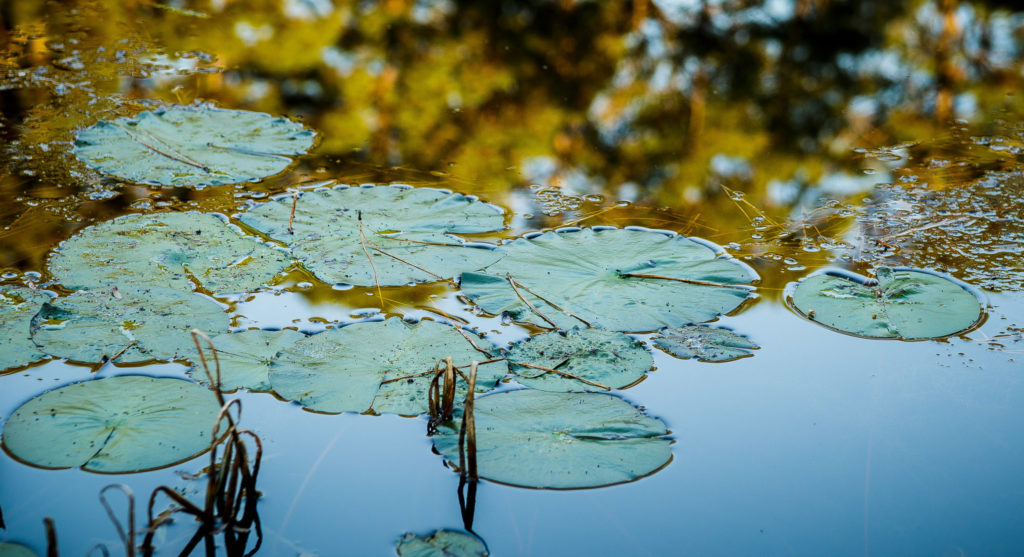Article originally written by Kerry Halladay
Just like water touches all parts of life, ecohydrology is a discipline that overlaps a plethora of other fields to better understand how water interacts with the soil, the Earth and living things.
Dr. Brad Wilcox, professor in Texas A&M University’s Department of Ecology and Conservation Biology, likened ecohydrology to working a giant crossword puzzle. Researchers must look at different elements to better understand how the world works.
“It’s the interaction of biota and water,” he said of ecohydrology. “So, how does biota — that could be plants and animals — affect the water cycle, and how does the water cycle affect the biota?”
Dr. Geogianne Moore, professor in ecology and conservation biology, described the interplay between water and living things such as plants as yin and yang. She said of her work in ecohydrology, “I study how the water use of plants, but mostly trees, affects things like soil moisture, ground water recharge, stream flow and water available for human use.”
Though not necessarily a new field, the name is relatively new, with use beginning around 2000, according to Wilcox. Ecohydrology as its own field grew out of combined work in ecology and hydrology — hence the name “ecohydrology” — with a series of interdisciplinary conferences hosted by the American Geophysical Union having been instrumental.
“These conferences have proved to be a really effective means of moving the discipline along,” Wilcox said.
Reflecting on work in ecohydrology since those early years, Moore said that there has been a greater appreciation for the complexities of water in dynamic ecosystems.
“A lot of hydrology before that was about budgeting water in and water out. It was very black box,” she said. “Researchers didn’t understand the processes that were changing the amount of water flowing out of a watershed because of how the plants are managed. We’re getting better at that now with this more focused field of ecohydrology.”
Wilcox sees “change” as the name of the game with ecohydrology today.
“A lot of the focus of ecohydrology is just trying to understand how ecosystems and landscapes are changing and the implications of this change to the water cycle.”
He explained that change can mean anything from local-scale changes in land use and deforestation to the global-scale phenomenon of climate change.
While trying to understand the impacts of climate change on the water cycle might sound daunting, ecohydrology also applies to very immediate, hands-on issues in day-to-day life. Dr. Matthew Berg, CEO and principal scientist at Simfero Consultants and a former student of Wilcox’s, has been working on flood mitigation efforts across the state, has had a hand in crafting some of Texas’ recent policy on the topic and has published a pair of articles in the Texas Water Journal.
“There have been a lot of approaches to flooding in the past that very much focused on purely engineering solutions,” Berg said. “I often tease that engineers are great at figuring out potential solutions, but it takes a scientist to tell you what the problem is in the first place.”
“To me, the value of looking at how water interacts with landscapes is understanding what really are the dynamics that drive entire ecosystems,” he said. “Then when we accurately understand what the situation is, we can start pivoting towards solutions and bring in public policy considerations.”
The potential to help solve some of the world’s water-related problems really excites Texas A&M junior Harrison Coker, a current student of Wilcox’s. Though he came to the university planning to pursue agricultural education to one day be an ag teacher, Coker quickly fell in love with science, especially ecohydrology and its interdisciplinary nature.
“It’s phenomenal. It’s really a very inviting science because there are so many ways to explore what possibilities are out there,” Coker said.
He noted that water and its importance has cropped up in so many of his classes across various disciplines.
“I’ve had it driven home to me over and over again that water is one of the first things we should be looking at when we are evaluating anything.”
Berg observed the same thing in his program, pointing out that his doctoral degree under Wilcox involved classes from seven different departments. Much like water, he pointed out that ecohydrology “touches on and is touched by so many different things.”
In addition to the intersectionality of ecohydrology with other fields and issues, Coker sees the discipline as a necessary one for the future.
“I think that water is going to be — across the globe and within my lifetime — a hugely competed for resource,” he explained. “I think oftentimes people view water as an unlimited resource and don’t understand that the water cycle is a very intricate process that can be heavily impacted by management decisions.”
Wilcox echoed Coker’s focus on the future and the need for people to better understand the underpinnings of ecohydrology.
“We need to be good stewards of water and water management. In order to do that, we need to understand how it is that we are changing the water cycle.”



